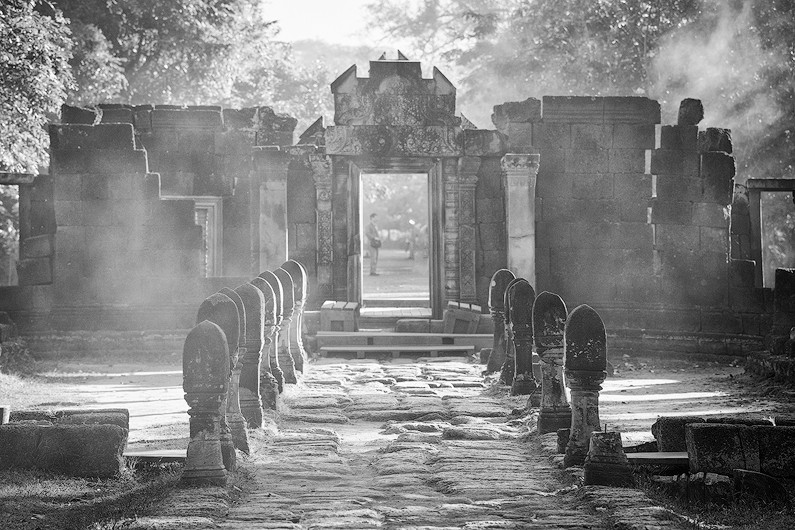
Switching from a DSLR to mirrorless
So there are many articles out there covering photographer’s transitions from their beloved camera format to Sony, but I wanted to share my reluctant transition and obviously the ‘why’ for waiting and ultimately moving over. I was a hold out for nearly a year, very wary of the idea of moving to a smaller camera body that had a limited lens selection and would force me to really shake things up with the gear I was using. I split my photography interest between landscape photography and travel/humanitarian work around the globe so I need something that gives me better dynamic range, low light performance, and when necessary good autofocus. The appeal of a more compact system with some weight reduction and a significant improvement in dynamic range were enough to bring me away from Canon and the DSLR system.
My Photography Backstory
I was a dedicated Canon shooter from day one in the digital age. My latest camera body, the Canon 5D Mark III met my needs for a full frame camera with great autofocus to cover both landscape and travel photography. Using a grip with the DSLR I had ample battery life for travel or shooting on the run where power options were limited or nonexistent. For my landscape focus I had three core lenses – the trusty Canon EF 17-40 f/4L wide angle zoom with good but not great overall image, my EF 24-70 f/2.8L version I lens and finally I rounded out my kit with the EF 70-200 f/4L IS lens which gave me very good image quality, image stabilization, and saved me the weight of the f/2.8 L IS version II big brother. For travel work I was sourcing primes by Sigma (the Art series) or various other Canon lenses through rental services. I found myself packing between 20-30 lbs (9-13 kg) of strictly camera equipment which was manageable but not ideal for being on the go for 12+ hours a day or more with additional gear in the bag. After traveling with colleagues who were adopting the Sony system into their kit to use with Canon or Nikon glass or moving over all together I was intrigued by the decrease in gear weight, amount of space their kits were taking up in the bags as well as the quality of the files the Sony full frame mirrorless were producing.
I got my hands on the Sony A7r body in late September 2014 after dabbling with a friend’s gear in Iceland. As I mentioned before, the allure of a compact, lightweight construction of a 36mp full frame camera seemed very enticing. At this point, a handful of lenses had been made available for the FE mount cameras but the system lacked a native wide angle and fixed aperture mid-range zoom options with good image quality. Many Canon and Nikon shooters at the time had been adopting the use of the Metabones adapter for their favorite glass, which was nice but autofocus in regards to the A7 / A7r was almost nonexistent with the adapter. This was obviously not an issue from the landscape side of things, but for doing travel photos and following kids around for our humanitarian work the A7r with an adapter wouldn’t cut it for getting usable images. The A7r and Metabones adapter lived in my bag and traveled with me to Cambodia but rarely made an appearance for more than a few snapshots.
Fast forward a few more months to the spring of 2015 and Sony had rolled out their FE 24-70 f/4 zoom followed by the FE 16-35 f/4 wide angle along with a few other lenses for the full frame mirrorless line. The 24-70 f/4 seemed to offer good quality (better than my original EF 24-70 f/2.8) but my hesitations existed as many reviewers seemed to rant on the f/4 aperture and the image quality beyond the center of the lens being sub-par to the Canon or Nikon counterpart.
Fast forward another month or so and rumblings of Canon bringing (and later proving true) one or more high megapixel full frame cameras had me evaluating my situation with equipment. If I planned on progressing with Canon or gasp!, switching to Nikon, I was going to need to upgrade my older lenses at some point. I never really had to have the latest and greatest when it came to my everyday kit but a 40-50mp sensor upgrade would definitely show the weaknesses of my older lenses.
The Change & Transition
My biggest frustrations with the Canon equipment was the dynamic range (Nikon from the landscape photography angle had the edge with the D600/800 series), shadow noise and the general weight of the equipment that I was lugging around. To achieve the results I wanted from the images I was shooting for I had to consider 3-5 images from brackets and then meticulous blending in post processing. Much of that image bracketing was also to obtain proper shadow detail while trying to limit the noise issues that have been notorious from the sensors in the 5D line of cameras. My final headache with all of the DSLR equipment was the overall weight – packing a camera + 4-5 lenses was not light by any means – especially in addition to other gear I needed to carry depending on the location I was visiting.
I decided that regardless of my choice – stay or convert, I was going to have to overhaul the majority of my gear anyway. I cleared out all of my Canon equipment between projects and picked up the FE 24-70 f/4, FE 16-35 f/4, as well as temporarily grabbing the Sony A6000 (for auto focus and high speed shooting), E mount 16-50 kit lens and the E mount 35 f/1.8. I have been renting the FE 70-200 f/4 OSS as needed, but I don’t use this lens as heavily as the wide angle or mid-range zooms.
The personal appeal of the Sony mirrorless cameras for me was the reduction in size as it related to space and weight while maintaining the high resolution performance output of its larger DSLR cousins. However, there were a lot of things I had to adapt and figure out with the transition over to the A7r and A6000 bodies. Despite working with most major camera brands through teaching, Sony, in general, was the one I’d had the least amount of time hands on. As mentioned earlier, I had only shot Canon really from the start, so I was fumbling through settings and menus for days. As big and bulky as the 5D III was, I did miss the larger layout at first with the thumb wheel and a more natural system for changing AF and focus point options (especially with shooting street scenes and the A6000). So from my first tinkering with the A7r and briefly with the A6000 now having logged three major trips shooting exclusively Sony, here are a few things that I can say that I miss from the DSLR:
- Button placement/ergonomics, especially the larger Canon thumb wheel
- AF in the full frame camera (A6000 was good, but not as usable in high ISO situations)
- Battery life – Sony is far reduced compared to most DSLR brands
- Frame rate – reduced compared to the 5D III
- Weather sealing
- Bracketing of images requires the shutter being pressed for each frame.
These were really only minor nits that I had, and as I began familiarizing myself with the new system and the options I had available, the things that I was really missing I have either overcome or easily adapted to deal with (i.e. battery life). There are many things beyond my initial draws to the Sony system that I have found very useful and features that work very well with what I was trying to accomplish with both the A7r and A6000 cameras as well as the FE and E mount lenses.
Form Factor
The A7r is a mixed plastic and metal body that is roughly half the size of the 5D Mark III body and nearly 1 lb (0.45 kg) lighter. This was a nice change when shedding the DSLR + battery grip for weight, especially in a scenario where I would be walking around markets or working in areas where being more discreet with my equipment was helpful in capturing images. Even while using both the A6000 and the A7r I was lighter than the gripped 5D3.
The A7r gave you 3 custom buttons to assign functions (the A6000 had 2) along with the ability to assign the use of the thumb wheel and thumb wheel button to quick change settings like ISO, focus point, focus magnification (manual focus).
One of the small but handy changes was having an articulating LCD screen for viewing settings and live view. This is very helpful to me for shooting at various heights as well as discreet street shooting opportunities.
Built in Features
One of the biggest changes I had yet to experience coming from strictly a DSLR background was focus peaking (colored highlights showing what portions of the image are in focus) which has been around in video systems as well as many mirrorless cameras the past few years. I had already relied strongly on live view and manual focusing for my landscape work so the added focus peaking was a big plus when trying to nail focus when time was essential for changing light conditions.
The Zebra Assist option is another nice bonus with the Sony cameras as it allows me to set clipping warnings for bright pixels above a certain percentage. I have my settings dialled in to 95% so I’ll see a zebra pattern real time over the 5% brightest portion of my exposure.
The E and FE mount cameras also can be loaded with the Sony Play Memories Camera Apps which give you a variety of integrated options at a small fee. There are numerous apps available but as far as my personal interest the Smart Remote Control which allows you full control of your camera via your smart phone or tablet, the Time Lapse App and just released Angle Shift add on (gives the perceived idea that the camera is moving via a slider or tracking device for time lapses) are personal favourites. Others available that may appeal to landscape and travel shooters include a Star Trail app as well as a lens compensation app for real-time distortion correction.
Progression of the A7 Line
Sony has come about with an update to the initial A7 release, the A7 II which incorporated highly sought after features to the mirrorless full frame bodies. The A7 II was the first mirrorless camera to feature 5 axis stabilization built into the camera. There was also a significant upgrade to the autofocus system with 117 phase detection AF points and an increased burst rate of 5 frames per second. A more rugged all metal and ergonomic body design, additional custom function buttons drew the attention of many of those that were waiting to Sony to fill some of the voids in their camera lineup.
Prior to the launch of the A7 II, Sony made a big splash with the launch of the A7s, a 12.2 MP full frame sensor that was capable of recording 4K video (externally) with an ISO range capable of 409,600. This camera produces phenomenal low light video and still images and has no other DSLR or mirrorless competitors in the quality of content produced at high ISO. With these offerings along with the A6000’s autofocus and high resolution of the A7r, Sony has grabbed the attention of the DSLR market and has everyone watching and waiting for what’s coming and will be showing up down the road.
FE Lens offerings
The FE lineup of lenses to date started out slow but has been building steadily with some solid offerings for those making the transition to the A7 lineup and wanting to get away from shooting adapted glass. Both the zoom and the prime offerings from Sony are good enough to replace most of the Canon and Nikon counter parts.
The core of the zoom lenses for Sony are the 16-35 f/4 OSS, 24-70 f/4 OSS, and the 70-200 f/4 OSS models. The wide angle option that was released in spring of 2015 is better in my opinion that any of the Canon wide angle zooms. The quality of the images produced from overall sharpness to performance throughout its range makes it my favorite lens in my current kit.
The 24-70 f/4 OSS lens is a very good lens from Sony, although the lens can be a bit soft in the corners compared to its FE siblings. Regardless, the lens does a great job, especially above 35mm in focal length. As megapixel counts increase I would imagine this is the first zoom on Sony’s list for a potential upgrade.
Finally, the 70-200 f/4 OSS lens is a stunning telephoto zoom that performs on par with its Canon and Nikon counterparts. I had been using the Canon f/4 rendition of this lens and I think the Sony lens is still lighter than the competitor’s 70-200 f/4 offerings. This is really a must have lens for the kit, especially shooting with the A7 II and the in camera image stabilization.
Primes
Sony has been building their prime lineup as well over the past year to fill many of the popular focal lengths with fast primes. The FE 55 f/1.8 has been tested and clouted as one of the sharpest lenses in the 50mm focal range. Recently the FE 35 f/1.4 and FE 90 f/2.8macro lenses have been announced and have been arriving over the past few months in the hands of eager Sony fans. The 35 f/1.4 is a stunning lens but a big turn off to those enjoying the compact nature of the FE lineup is the large size of this particular lens. The 90 macro is a bit large as well but from recent test shots looks to be another incredibly sharp lens added to the lineup that will please nature photographers and portrait shooters alike.
One of the newer offerings from Sony that won’t break the bank is the new FE 28mm f/2 lens that works with a wide angle and fisheye converter lens. If the converters don’t strike your fancy, the lens on its own performs very well for a price tag around $450 USD.
Zeiss has come on board with two FE mount lenses, called BATIS with OLED displays. The 85 f/1.8 and 25 f/2 have shown remarkable results in image performance, build quality and are reasonably priced. The 85 1.8 in particular performs almost at the level of Zeiss’ famed OTUS 85 which costs four times the price tag.
What’s next with Sony
Sony A7r II – Game changer?
Sony is innovating quickly and making big leaps with each upgrade in the mirrorless camera group. The A7 II brought features that were very appealing to those hesitant to make the transition as well as nods to features that will be appearing in new updates such as we are seeing now with the just released A7r II.
The A7r II is bridging three key elements from the A7 lineup – a high resolution 42mp sensor, in camera image stabilization and low light performance. New features with this camera include updated autofocus system offering 399 phase detection points, substantially better AF lock and tracking than previous models in addition to the ability to record 4K video internally. To achieve that better low light performance Sony has brought backlit sensor technology to the full frame lineup, a first for a full frame camera. This camera announcement has given the impression that many people are ready to test the waters with a mirrorless option that has much of the same functionality of the larger DSLR cameras in a smaller package.
Beyond what we know is already dropping in our hands in the coming days or weeks, I would imagine that we will see a knockout coming down the road with the A7s successor. Beyond ergonomics, updated AF and internal 4K, I am betting we see a 16mp sensor that holds equivocal or better low light performance than the current A7s model.
With Zeiss bringing to the table a wide angle prime as well as a popular portrait/travel lens focal length with the 25 f/2 and 85 f/1.8 offerings, Sony will likely be doing the same, hopefully a 85 f/1.4 G lens will be rolling out this fall along with a wide angle prime (here’s to hoping for 21mm or wider). The FE 24-70 f/4 will need an upgrade at some point with hopefully an f/2.8 aperture and better image quality to complement the 42 megapixels of the A7r II sensor.
So what else is missing from the lineup? Sony needs to address the need for a longer zoom or telephoto prime lens in their lineup for sports and wildlife shooters while keeping it competitively priced with the competition’s established long lens lineup. Beyond their own production offerings I have hope that the FE mount will continue to grow and entice companies like Sigma and Tamron to bring on board FE mount production to their popular lenses.
Final Thoughts
So, the good and the bad – what’s the bottom line here for someone looking at moving away from the DSLR form factor or moving up from other mirrorless cameras in lieu of a DSLR? So far I think these are some of the biggest considerations people need to evaluate before making their decisions:
Cons:
- Short battery life – trade off of smaller size is a decrease in shot cycle per battery
- Weather sealing – not yet on par with ‘pro’ level cameras offered by Nikon/ Canon
- Limited lens lineup – Sony is growing their lens offerings but not quite up to par with Nikon/Canon
- Limited 3rd party lens support
- Ergonomics are not great for those with very large hands
Pros:
- More compact, lighter weight compared to many of the DSLR full frame offerings
- Focus peaking for manual focusing/MF lenses
- Camera apps – time lapse, remote control, etc
- Fast innovations for technology
- Quickly expanding lens options from Sony, Zeiss
- A7r II adaptable for fast AF with Canon/Nikon/Sony A Mount lenses
I have fallen in love with Sony and I’ve been eagerly watching what continues to develop and grow with this new evolution in the camera market. Mirrorless has rooted itself into photography and although I still miss some aspects of my DSLR they are dwarfed by my experiences with the Sony A7r and FE lens lineup. I am anxiously waiting to get my hands on the A7r II and put it to the test in my travels and embrace the power packed offerings to come from Sony.


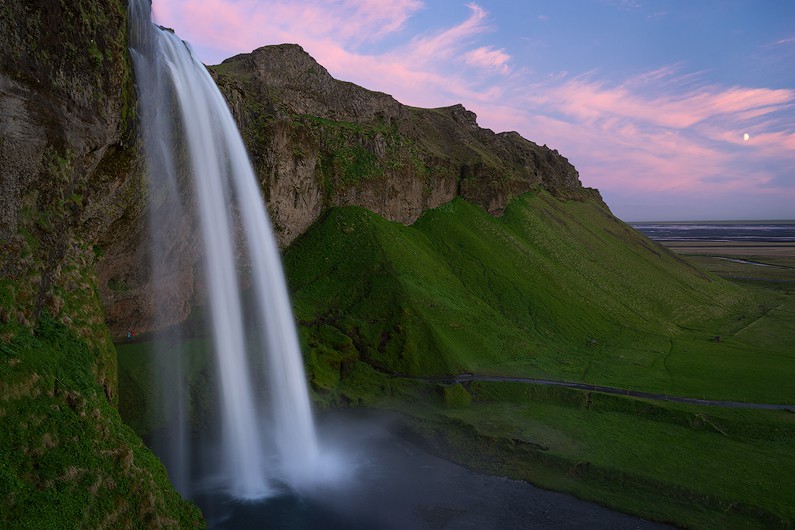
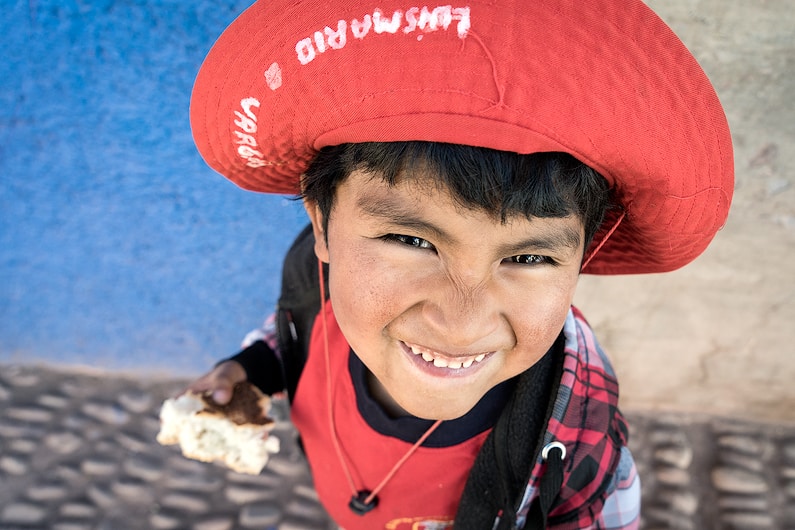
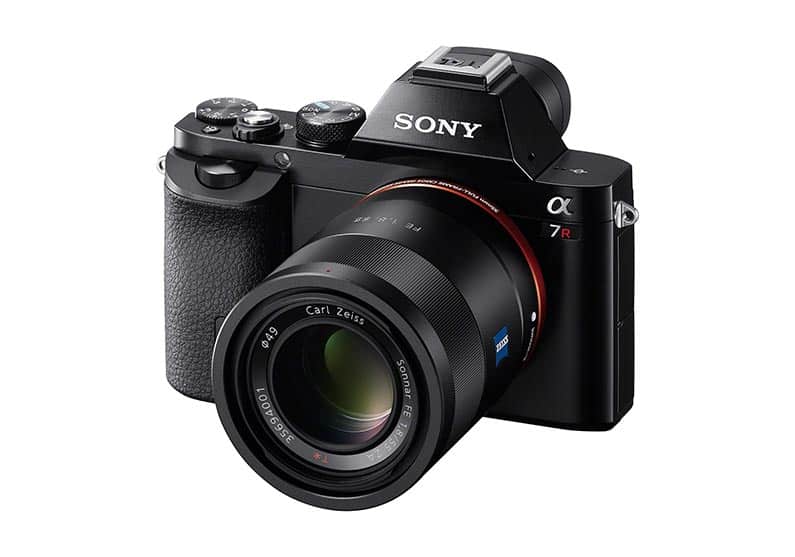
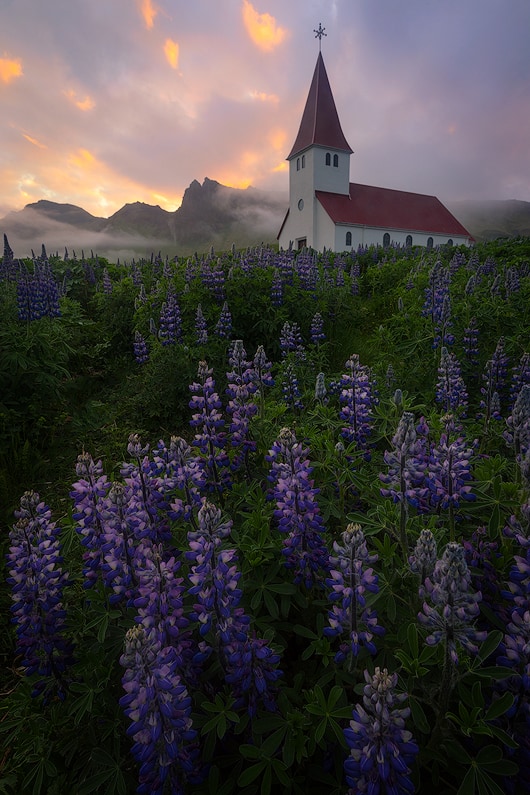
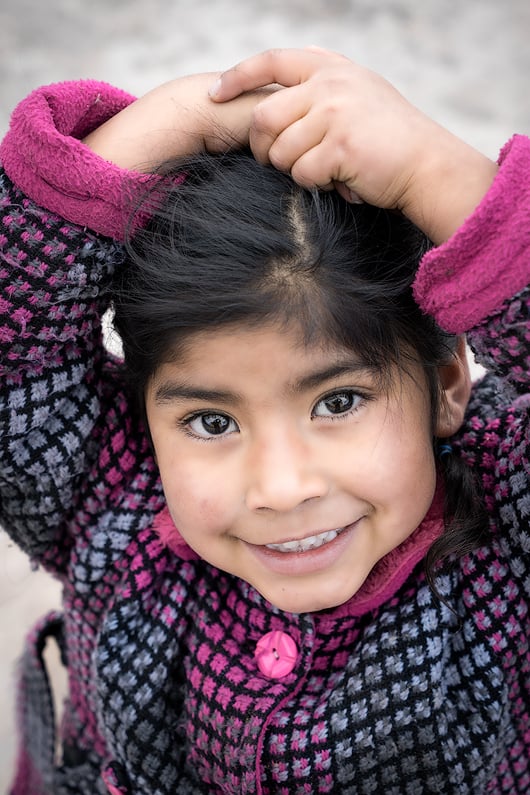

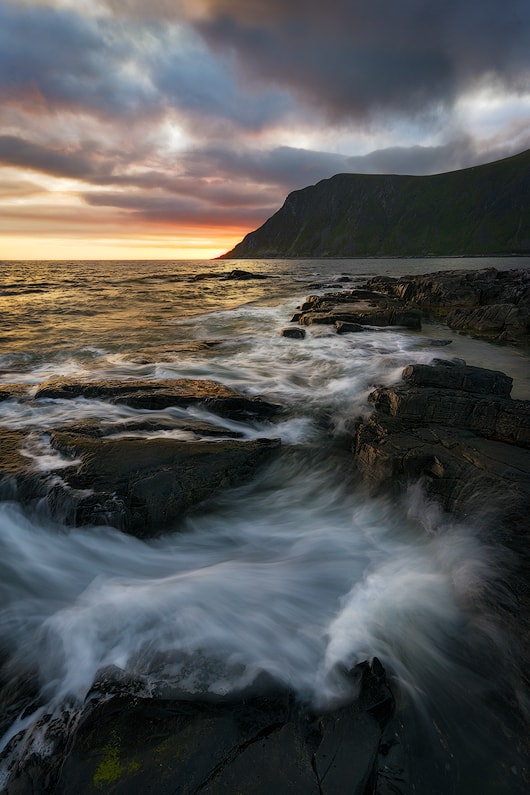
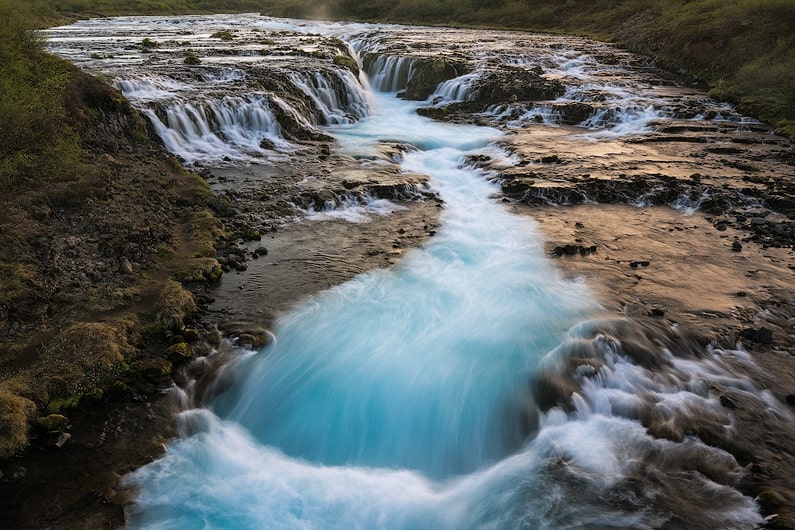
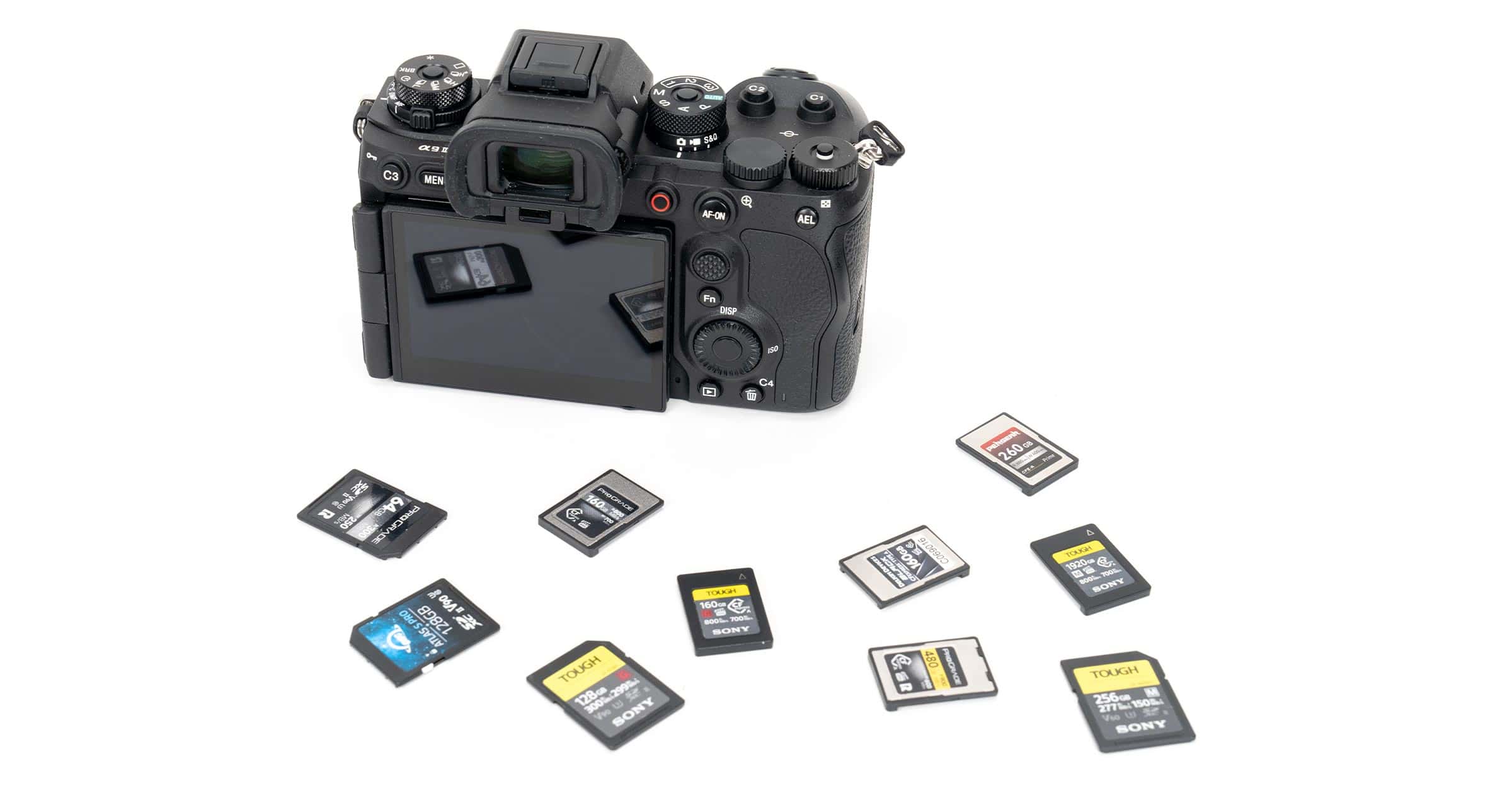
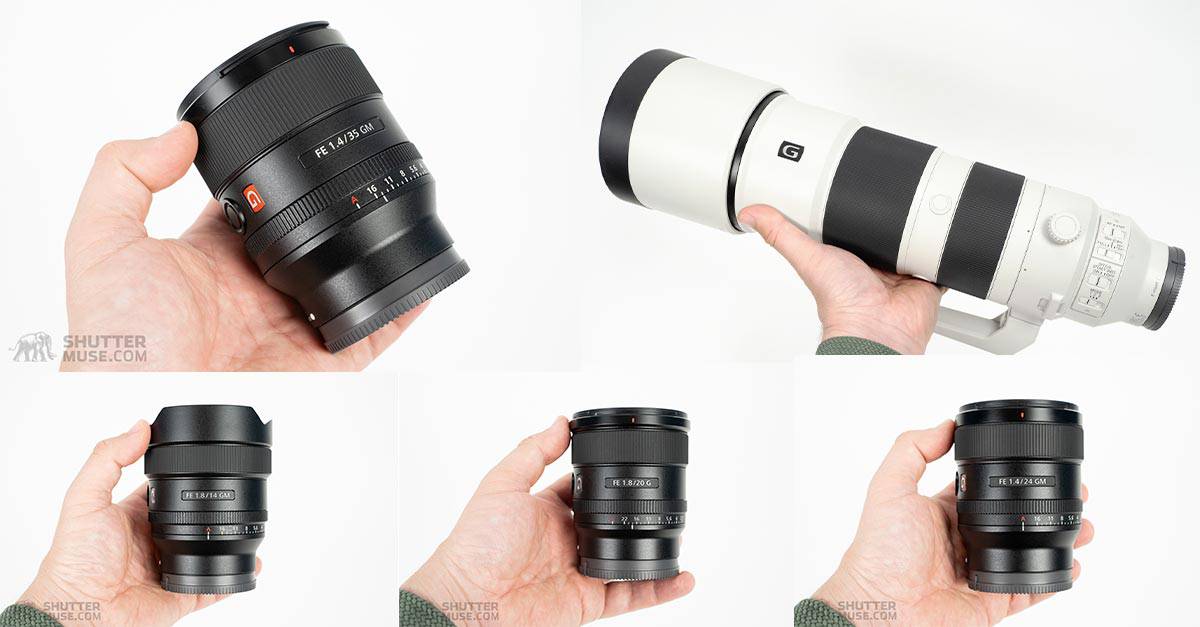
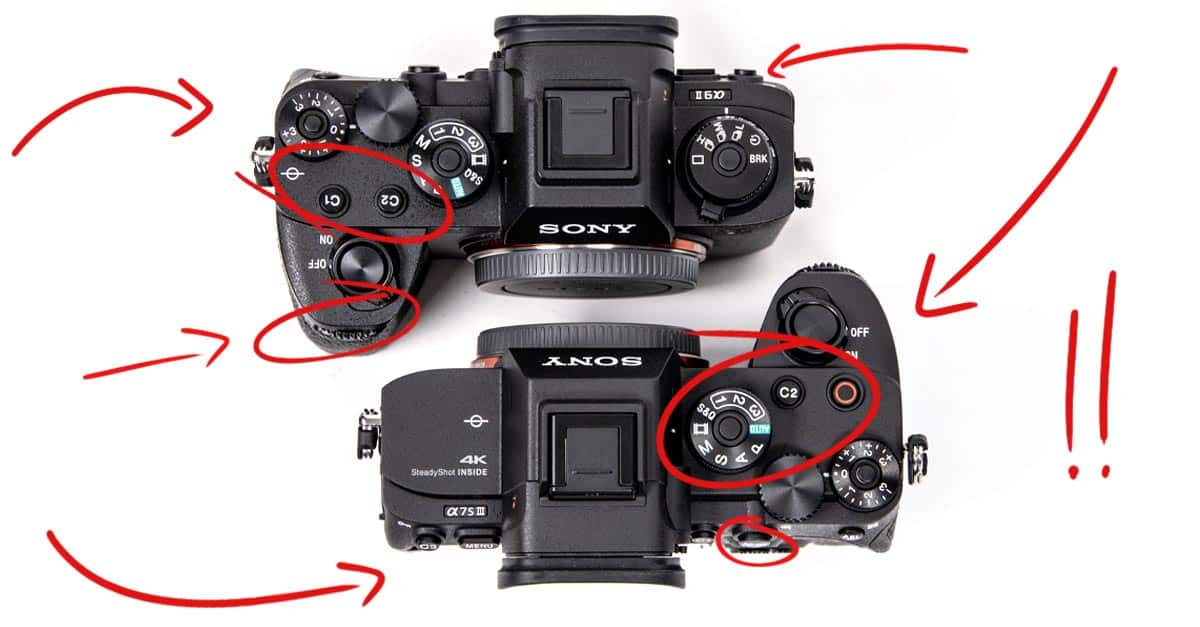
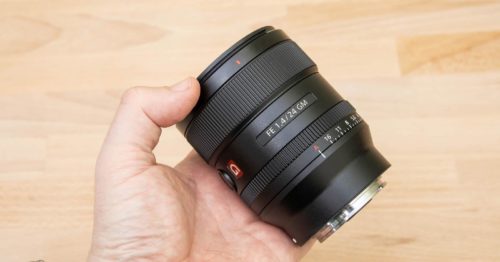

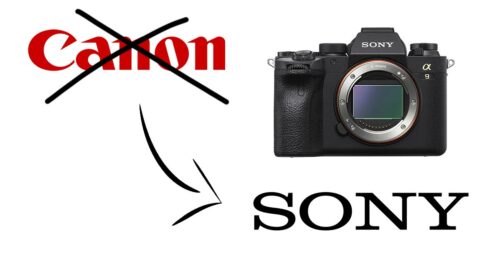

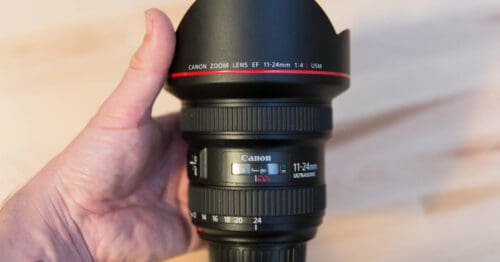
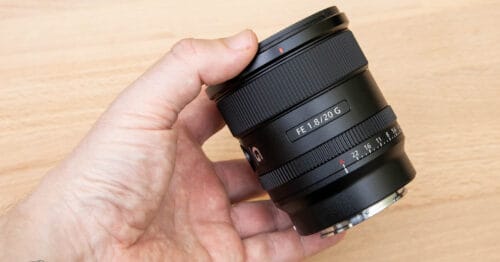
Peyton,
Great article on the Sony mirrorless systems. I, too, went with the Canon DLSR system after using Nikon equipment in the film days. Your article speaks volumes to those of us with a significant investment in Canon glass looking at switching. Mirrorless is certainly the future and there is no questioning the stunning quality of Sony sensors. Seeing the results from a skilled photographer like you is what will push the rest of us into that future. Thank you for taking the plunge and sharing your experience!
Thanks Peyton,
As a full time shooter of events and portraits I have my own problems with the change.
Mirrorless is quiet, a big issue for events. The tut tuts happen when you shoot too close to the audience.
Travel to different cities is always a nightmare with onboard weight, I hate cameras in the hold.
So Sony looks good. Image quality is taken for granted to be great.
The problem with crossover is Sony Pro Support, to join they want a big kit, 2 bodies and a bag full of lenses. Bad move Sony, to get the pro’s to make a change let us join if we can prove we are full time shooters.
We will build the kit over time.
Also let the pro’s test the gear in a real situation, make a portable studio and get in a model and some still life and let us have a play. Invite the shooters from professional bodies like the “Australian Institute of Prof Photographers”
Sony you can do more.
This is your window before Canon and Nikon go pro mirrorless, grab as many pros as you can now before it’s too late.
Thanks again Peyton.
If all the photos in this post were taking with a glassless then you’re seriously making me consider getting one myself. What amazing shots. The ones with water are especially mind blowing – are they edited at all or is that just how they turned out?